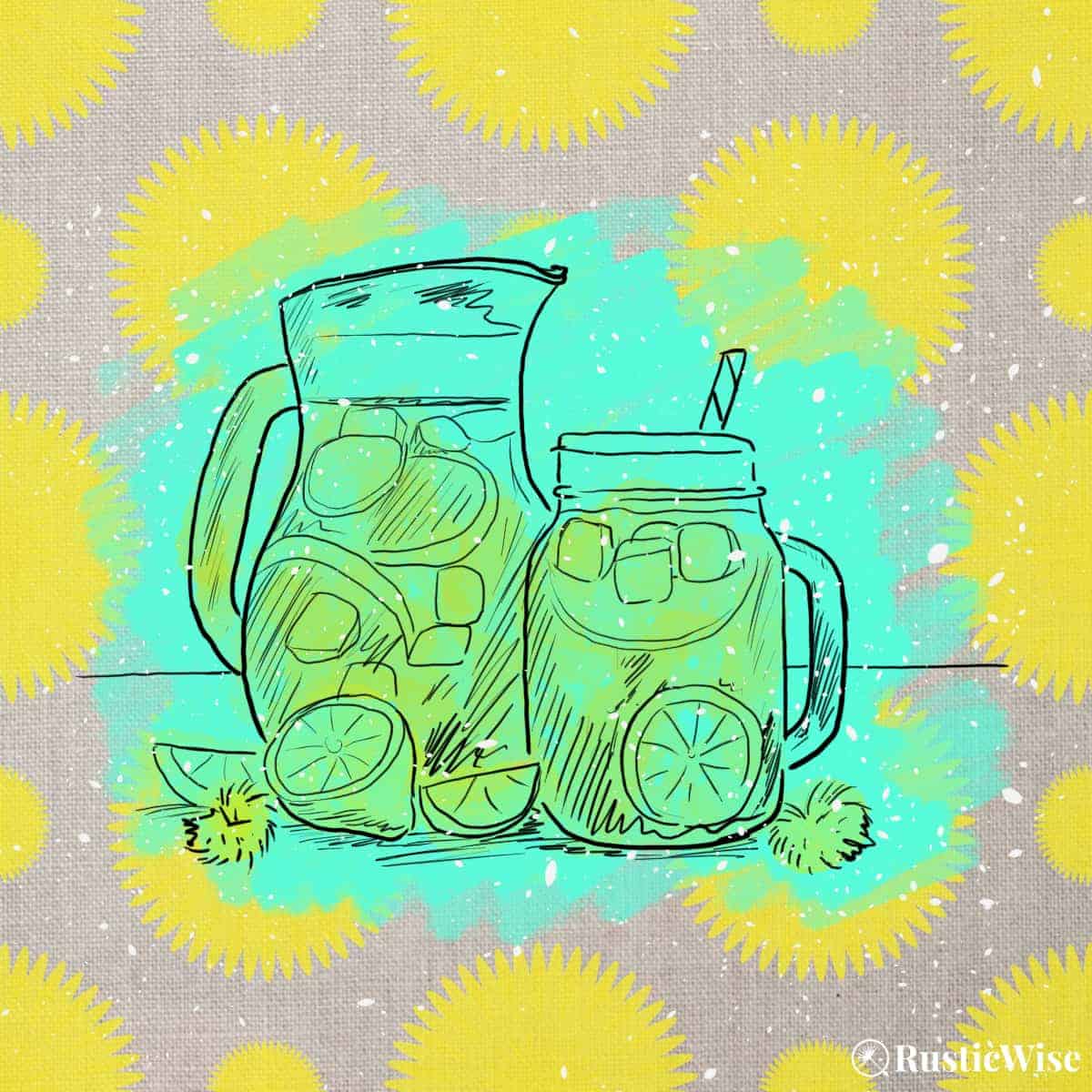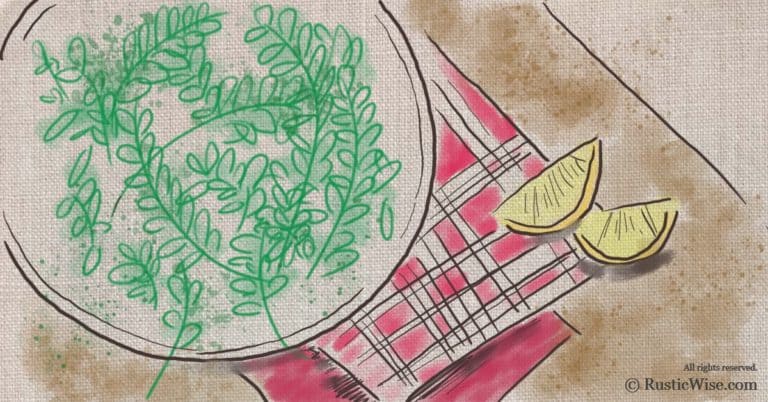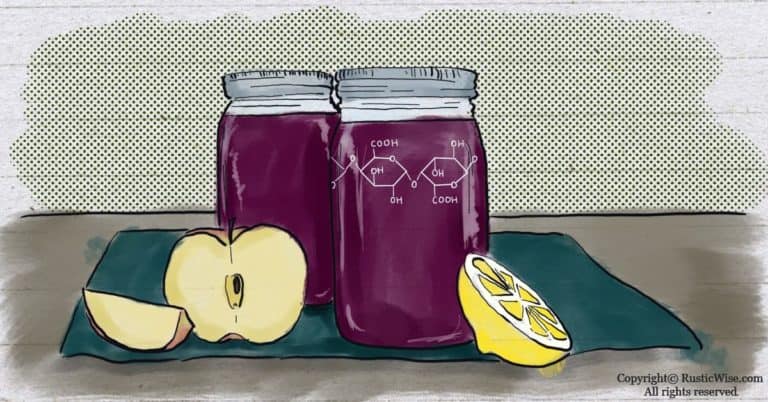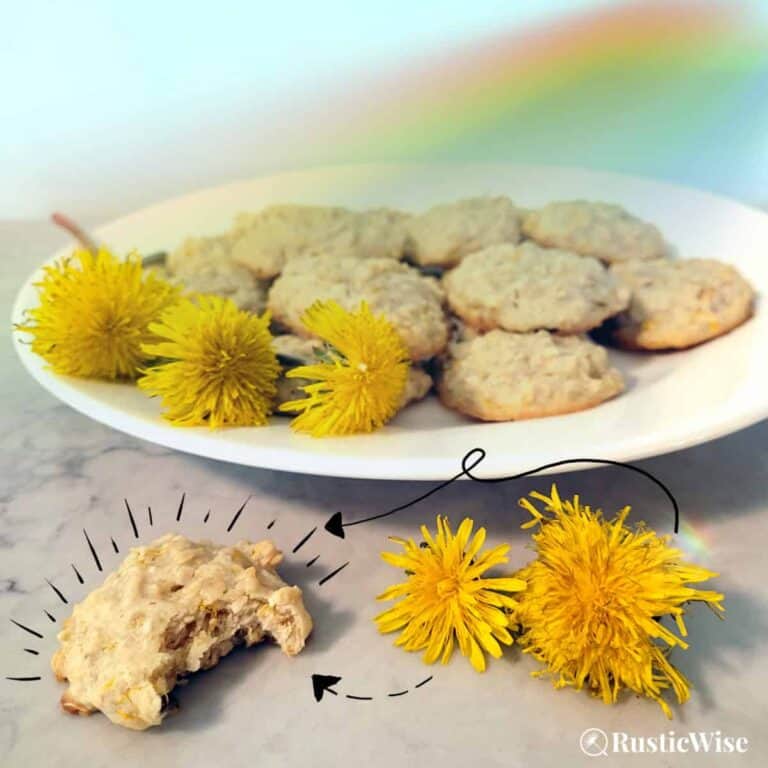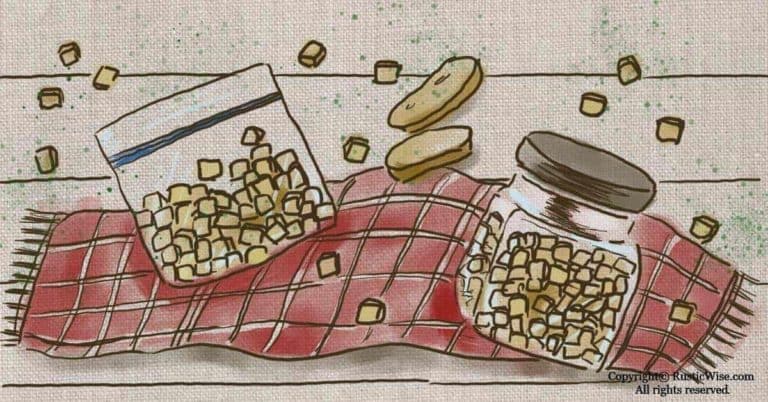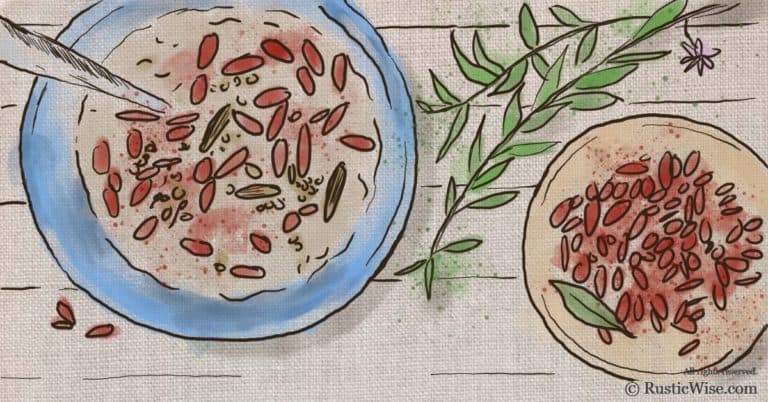Easy-Breezy Dandelion Iced Tea Recipe (With Green Tea)
Looking for a refreshing and healthy drink to enjoy on a hot summer day? Look no further than this delicious dandelion iced tea recipe. Say goodbye to store-bought sugary beverages and hello to a homemade, natural, and rejuvenating drink that will leave you feeling refreshed and revitalized.
While many parts of the dandelion plant are edible, in this dandelion iced tea recipe, I’ll be using the bright yellow blossoms which lend a hint of sweetness. Dandelion tea has been gaining popularity in recent years for its numerous health benefits. The flowers are packed with antioxidants and vitamins, and have soothing properties.
I’ll share a simple recipe for dandelion iced tea that you can make at home using a green tea base. Green tea has less caffeine than traditional black teas and its clean and grassy notes mesh perfectly with the delicate blossoms.
Whether you’re hosting a summer gathering or simply want to indulge in a refreshing beverage, this dandelion iced tea recipe is sure to impress. So grab your tea kettle and get ready to sip on a cool and invigorating drink that will keep you happy all summer long.
A closer look at parts of the dandelion plant
The humble dandelion (Taraxacum officinale) is a standout wild edible plant that has many uses from its tips to the roots. (Pretty much the only part that we don’t eat is the stem which can have a bitter taste.)
Let’s take a closer look at the edible parts of this versatile weed.
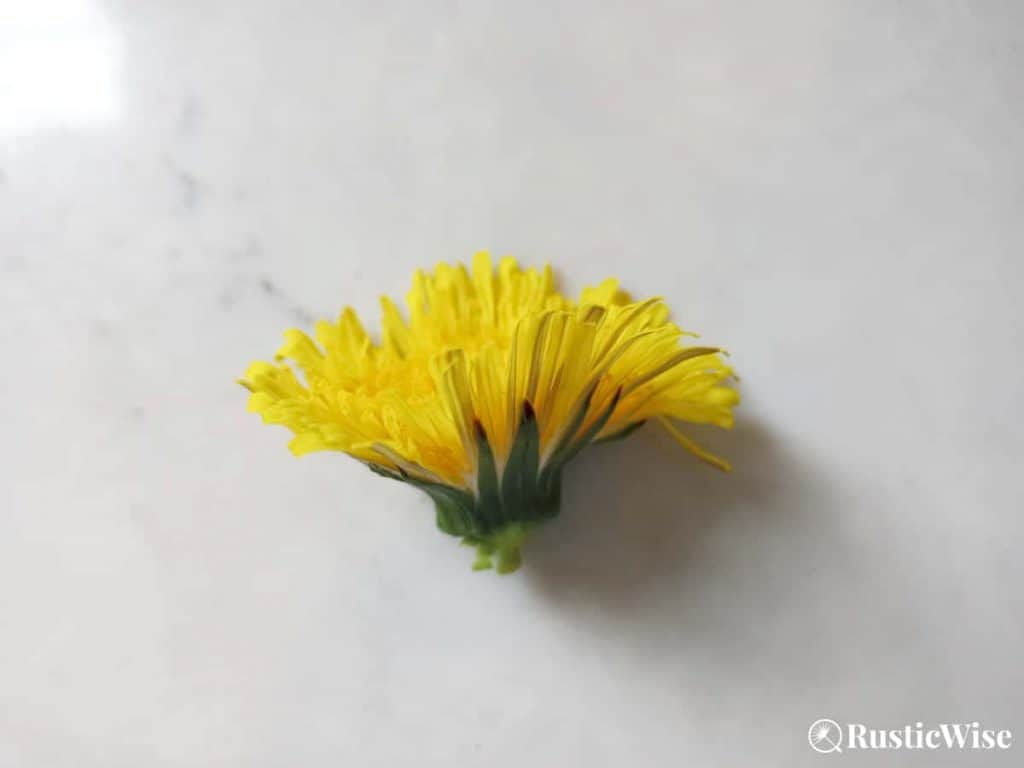
- Flowers: The bright yellow blossoms add a splash of color to any dish and also have a mild, sweet taste. You can whip up a batch of dandelion flower fritters, or make a cup of herbal tea. The flowers are a source of antioxidants plus vitamins A and B12.¹ The soothing properties of the blossoms also make it a common ingredient in natural skincare products such as salves, lotions, and homemade soap.
- Leaves: Dandelion greens are a wild edible food that can be used just as you would spinach. It has earthy tones similar to arugula. The young, tender leaves are great for salad greens. Larger dandelion leaves can be cooked with a bit of oil, salt, and garlic for a nutritious side dish. The leaves are a rich source of vitamins A, C, and K along with protein and fiber. Sometimes the leaves are also dried and used as part of a tea blend.
- Roots: The brown taproots of this weed can grow large and deep (as anyone who has ever attempted to pull this plant out would know!). The roots can be foraged, washed, diced and dried to make a tasty dandelion decoction.
👉If you’re hoping to make a brew with dandelion roots (which is a tasty caffeine-free coffee alternative), check out our article on how to make dandelion root coffee 3 different ways.
How to harvest dandelion flowers (and clean them)
Harvesting dandelion flowers can be a fun and rewarding activity (and something little ones can help with). These vibrant yellow flowers can be used in a variety of ways, such as making dandelion fritters, dandelion jelly, dandelion-infused oil, and, of course, dandelion flower tea.
Safety note: Only harvest blossoms from a patch of dandelions that are free from pesticides or other chemicals. Avoid harvesting plants that are too close to roads or sidewalks, as they could be contaminated with pollutants. My yard is full of dandelions which I can harvest (which may or may not be a good thing, depending on your perspective!).
The best time to harvest the blooms is in the morning in springtime when the flowers are in full bloom, before they have turned into fluffy seed heads.
The flowers are easy enough to gently pluck off with your fingers, but you can also use a pair of sharp scissors to snip off the heads. Try to avoid leaving on any stems (but a little bit is okay). You can collect your harvest in a strainer, breathable cloth bag, or basket.
Once you’ve gathered your dandelion flowers, place them in a colander and rinse them thoroughly with cool water to remove any dirt or bugs. Let drain and dry.
They’re now ready to be used!
Allergies to dandelions
While dandelions are safe for most people, some may suffer from an allergic reaction, or get mouth sores. If you are allergic to chrysanthemum, daisies, ragweed, or yarrow, you should avoid dandelions.
Reasons to make your own infused iced tea
What I love about making your own iced tea is that you can control the amount of sugar in the finished product and the strength of the tea. You can also decide on the type of sweetener you choose to use.
Unlike most store-bought beverages, which are heavy on the sugar, you can add as little (or as much) sweetness as you like.
And there’s something so satisfying about using a FREE, and locally foraged plant to infuse your homemade beverage with. So put those sunny blossoms to good use and create a unique beverage to enjoy chilled or warm.
Ingredients in dandelion iced tea
Let’s take a closer look at what you’ll need to make your refreshing and healthy dandelion green tea.
- Green tea: Most iced teas are made using black tea. But for this dandelion tea recipe, I chose to use green tea as the grassy and herbal notes pair well with the delicate flavor of the dandelion blossoms. Green tea contains slightly less caffeine than black teas and is known for its health benefits. Green tea, as you may know, is packed with polyphenols, compounds with powerful antioxidant and anti-inflammatory properties. Other health benefits linked to drinking green tea are boosting metabolism (and weight loss), lowering LDL (aka “bad” cholesterol), and strengthening the immune system, to name just a few.² The secret to green tea’s health benefits lies in an antioxidant called epigallocatechin gallate (EGCG). Green tea contains higher levels of EGCG than other teas.² You can use green tea bags (which is what I used for convenience) or loose leaf tea.
- Dandelion flowers: I like using dandelions fresh when they’re readily available, but dried ones also work wonderfully. The yellow blossoms have a very mild, honey-like flavor. When brewed in tea, they have a taste which reminds me a bit of chrysanthemum tea. If you’re using dried flowers, use roughly half the amount as fresh.
- Honey (or a natural sweetener of your choice): I like to use honey to sweeten green tea, but you can use any sweetener you like. Other ideas include raw cane sugar, brown sugar, maple syrup, or stevia.
- Lemon slices: A few fresh citrus slices add acidity and brightness to this drink. Lemon with green tea in particular, is a powerful duo that helps your body stay hydrated and helps to boost energy levels.
- Water: And, of course, you’ll need to start with clean, cold water to brew your tea for best results.
Tips for preventing green tea from tasting bitter
One of the most common complaints about green tea is that it can sometimes taste bitter. This is often a result of using water that’s too hot (which can burn the leaves), or steeping for too long.
You can bring water to a boil, but let it sit and cool for about 3 minutes before pouring over the green tea. This will prevent the bitterness sometimes associated with this tea. Let it steep for 3 to 5 minutes before removing the tea bag or straining the leaves.
Homemade dandelion iced tea recipe (with green tea)
While this recipe is for making iced tea, a perfect summer drink, it also works great if served warm on chilly days. Preserving dandelion flowers is easy and great for using to make teas during the winter.
To dry the blossoms, wash and pat dry. Line a baking sheet with paper towels or a clean dish towel and lay the flowers in a single layer with a bit of space between each. Let the tray sit outdoors on a warm, sunny day until the flowers are completely dried.
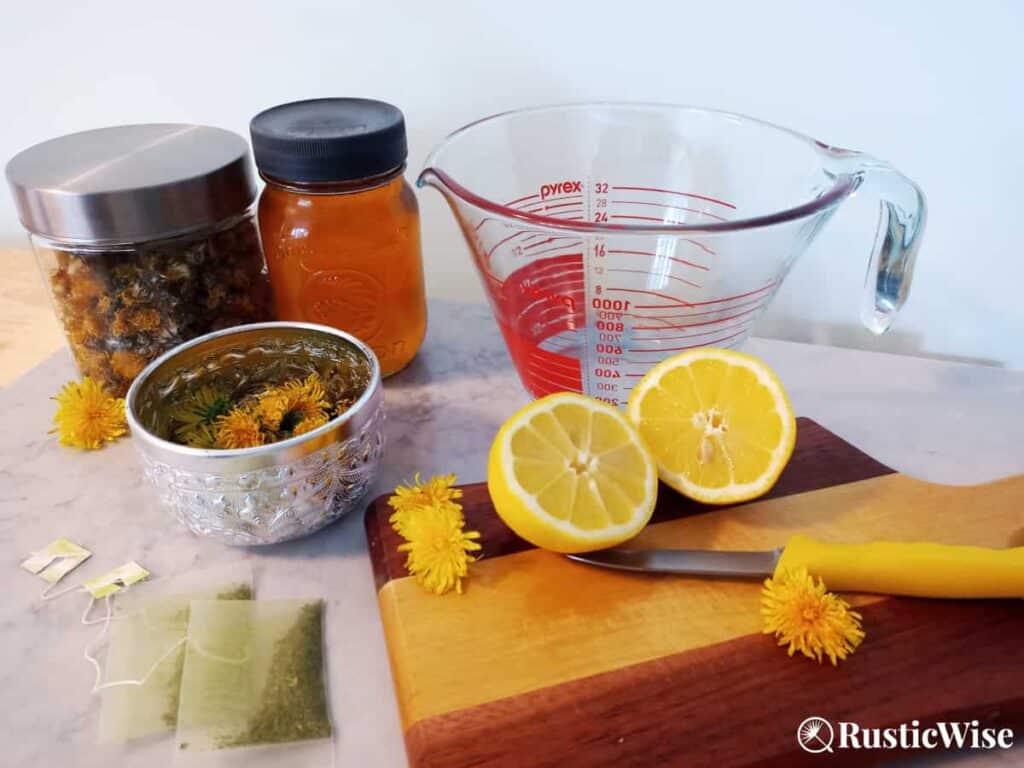
Credit: RusticWise
Yield: Roughly 4 servings
Ingredients:
- 4 cups of water
- ½ cup of fresh dandelion flowers (or ¼ cup dried blossoms)
- 2–4 green tea bags (depending on how strong you like it)
- Slices of lemon
- Honey (or another sweetener) to taste
Supplies you’ll need:
- Large glass pitcher
- Wooden spoon for mixing
- Mesh strainer
- Water kettle
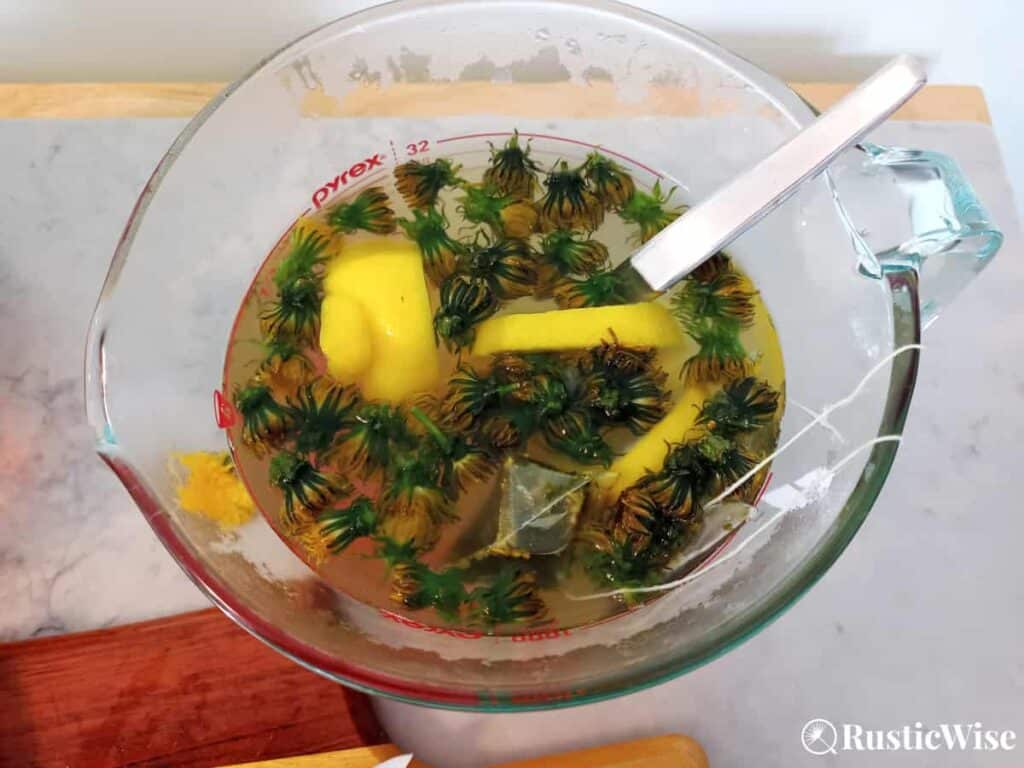
Credit: RusticWise
- Pick and wash dandelion flowers (if using fresh).
- Bring 4 cups of water to a boil. Let it sit for 3 minutes to cool before using to prevent bitterness in the green tea.
- Add clean dandelion blossoms and green tea bags to pitcher.
- Pour hot water over flowers and green tea. Let it steep tea for 5 minutes.
- In the meantime, sweeten with honey and squeeze lemon juice into the mixture. Stir to mix.
- Strain and remove tea after about 5 minutes. (Keep the flowers in though!)
- Let the mixture cool before placing in the fridge until chilled. I like to leave the flowers in for longer to extract more of the flavor. Strain the blossoms from the tea before serving.
Enjoy your cup of dandelion tea! You can add a few more ice cubes to your glass before serving if you like. Add a wedge of lemon to your glass as a garnish.

Credit: RusticWise
Related questions
Can you make tea with dandelion roots?
Yes, sometimes this drink is also called dandelion root coffee, or dandelion root tea. The roasted roots make a dark, earthy, and rich flavor and make a great coffee substitute (minus the caffeine). Check out our related post on making dandelion coffee.
What other wild plants can you make herbal teas with?
There are so many medicinal plants and herbs to make herbal teas with. Pine needles, spruce tips, rose hips, stinging nettle, and yellow dock are just a few that come to mind. There is an abundance of natural wild plants with healing properties all around us. The key is in knowing how to properly identify these plants, and harvesting them sustainably.
You can also find herbal teas from a variety of wild plants at many health food stores, or specialty tea stores.
👉 If you like this post, see our Timeless Guide To Foraging for Wild Food. 🌿
Would you like more timeless tips via email?
Fun tips to help you live an independent, self-sustaining lifestyle. Opt-out at any time.


References
- Jarvie, Michelle (29 May 2015). “Dandelions for food,” Michigan State University. Accessed July 2023.
- Kansas State University, The Benefits of Green Tea, https://www.johnson.k-state.edu/health-food-safety/agents-articles/green-tea-benefits.html. Accessed July 2023.

Author: Theresa Tesolin
Theresa is co-founder of RusticWise. She helps people unleash their inner DIY spirit by encouraging them to get dirty and make or grow something from scratch.

